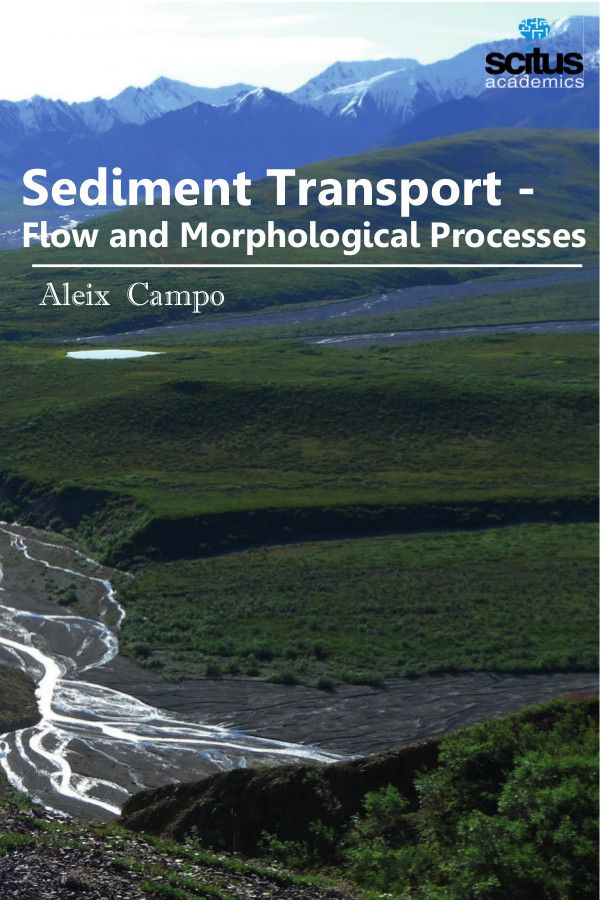Sediment refers to the conglomerate of materials, organic and inorganic, that can be carried away by water, wind or ice These particulates are typically small, with clay defined as particles less than 0.00195 mm in diameter, and coarse sand reaching up only to 1.5 mm in diameter. However, during a flood or other high flow event, even large rocks can be classified as sediment as they are carried downstream. Sediment is a naturally occurring element in many bodies of water, though it can be influenced by anthropogenic factors. Sediment transport is applied to solve many environmental, geotechnical, and geological problems. Measuring or quantifying sediment transport or erosion is therefore important for coastal engineering. Movement of sediment is important in providing habitat for fish and other organisms in rivers. Therefore, managers of highly regulated rivers, which are often sediment-starved due to dams, are often advised to stage short floods to refresh the bed material and rebuild bars. Geologists can use inverse solutions of transport relationships to understand flow depth, velocity, and direction, from sedimentary rocks and young deposits of alluvial materials.
Sediment Transport – Flow and Morphological Processes provide information on basic and advanced flow mechanisms including turbulence and movement of particles in water. Examples of computational procedures for sediment transport and morphological changes are presented. This book put together recent developments on sediment transport and morphological processes. Sediment transport is important in the fields of sedimentary geology, geomorphology, civil engineering and environmental engineering. Knowledge of sediment transport is most often used to determine whether erosion or deposition will occur, the magnitude of this erosion or deposition, and the time and distance over which it will occur.













